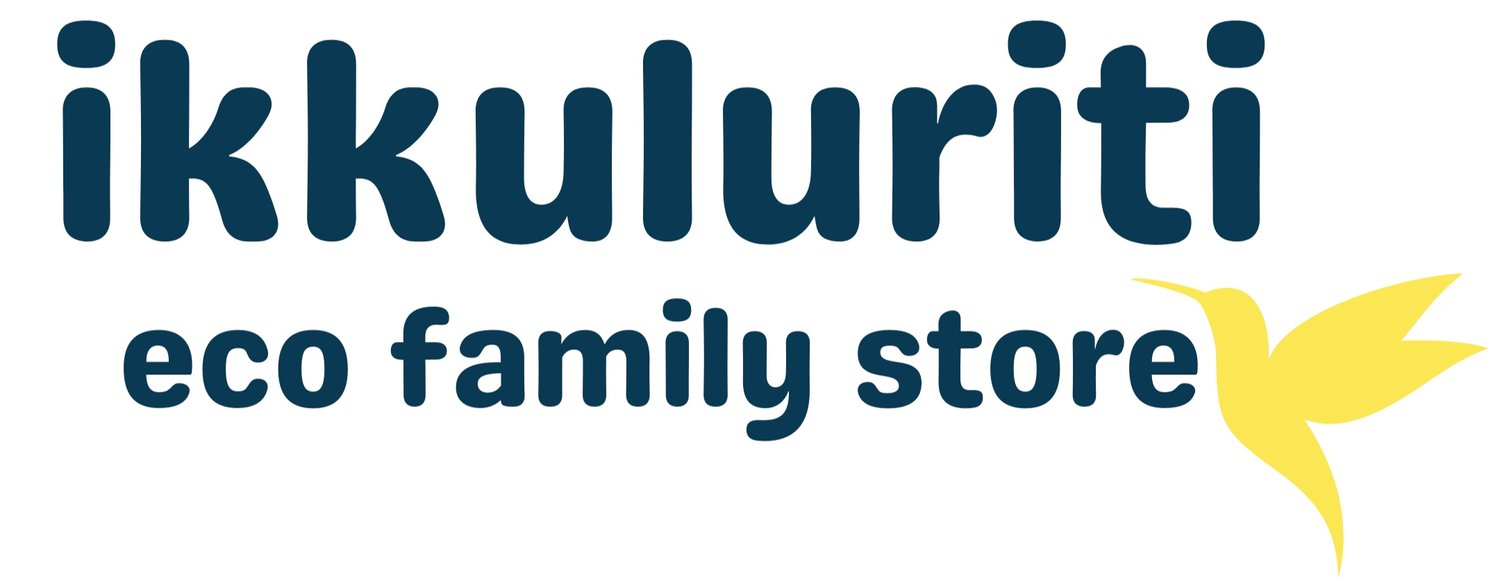I've got a heavy wetter, now what?
When going into the world of cloth diapers one term you might encounter is 'heavy wetter'. After a while you might consider you own baby to be one of the so-called 'heavy wetters' and you might find yourself thinking, "What do I do now?". Because babies are all so very different and have such unique needs, we do not necessarily agree that any baby could be called a "heavy wetter". Babies go through different phases and stages. Having said that, there are some babies who seem to be producing more pee than you feel you can keep up with! If you are one of those parents, today Maria is sharing her own experience about what you can do in this case. She shares some honest and practical tips which we hope you can find useful.
First of all, don’t panic and don’t give up immediately with cloth nappies. Keep in mind that all babies are different and that there’s a cloth nappy for everyone. Secondly please keep in mind that there is no magical disposable diaper either. Having no experience and knowledge, I must admit that in the beginning it was frustrating changing one soppy nappy after another in less than hour and I definitely knew that I had a heavy wetter in my hands. Going through it, I remained positive because I wanted this to work for our family against all odds. It took us a fair bit of long weeks of trial and error till we found the right style on how to go about it. On top of this, babies change and when you think you found the right nappy, you might experience leaks again. Here I would like to share some tips and combinations that worked for my son Rafel and that might work for your baby.
Style of nappies
I started my cloth diapering journey with pocket cloth nappies which are still one of my favorites. With pocket nappies you can adjust the absorbency by adding more absorbent boosters such as hemp or charcoal. Hemp and charcoal are more absorbent than microfibre and cotton inserts. So my first tip is to add 1 booster on top with 2 very good quality bamboo boosters like the Baba and Boo mix inserts. With pocket nappies you have to make sure that the fit is right and you leave no gaps between the tigh and the nappy. If not worn properly you still might have leaks. The downside of this style is that the nappy might be a bit bulkier than usual.
As our son grows however we have found pocket nappies to work best for day time and not for night time since he still wakes up to drink during the night. By morning, with pocket nappies he still gets wet. So our heavy wetter nighttime solution is currently the Petit Lulu fitted maxi night nappy with a waterproof cover on top such as the pull up or a wrap of closeparent. Sometimes I do add an extra bamboo insert for extra absorbency. I found it much easier to adjust and less bulky than the pocket nappy. They are so good, because they take advantage of the whole nappy area, spreading absorbency from side to side, wrapping it all around baby’s waist and from belly button to bum. Fitted nappies are customizable enough to allow for additional inserts to be placed inside them. Petit Lulu also have day time fitted nappies which I love using, work best with Rafel.
Another good thing about this system is that the waterproof cover can be used more than once and this makes them more practical and economical. Another best option which I never used, is the DIY fitted nappy using a prefold and a nappy fastener. The latter one is less expensive but might require more effort until you get used to it.
2. Changing time
With time I realised that there are certain times of the day when nappies get soaked quicker than at other times.This happens especially in the morning. We took note of this and adjusted out nappy changing time to fit our baby and our routine.
We start by changing the first nappy in the morning at around 6.30/7am. Following this nappy change, our son drinks a lot, and so I make sure that I do not leave him with the same nappy for more than 2 hours and immediately I change again especially if we are going out. For the rest of the day however I change simply change nappies every 3 to 4 hours. Before bedtime I try to change the nappy just as he is going to bed.
Keep trying, keep going.
I’ve learnt that having a heavy wetter does present more challenges when using cloth nappies, but it is definitely not impossible. You will find the right nappy for your child and when you find the right style, everything will fall into place and become easier. As with anything else when parenting things are challenging and require evolving all the time.
We understand that at times you may feel like giving up and it is only natural. At these times we suggest that you speak to another parent who uses cloth diapers. Sharing personal tips and experience many times feels more reassuring than getting lots of different answers from a Facebook group or post.
Moreover, please feel free to contact us with your challenges and questions. We have helped many parents to keep going in their journey by sharing with them what we have found to work in our own experience. Sometimes it's such small things and it would be a pity to give up! We will guide you through this beautiful journey with your baby.




